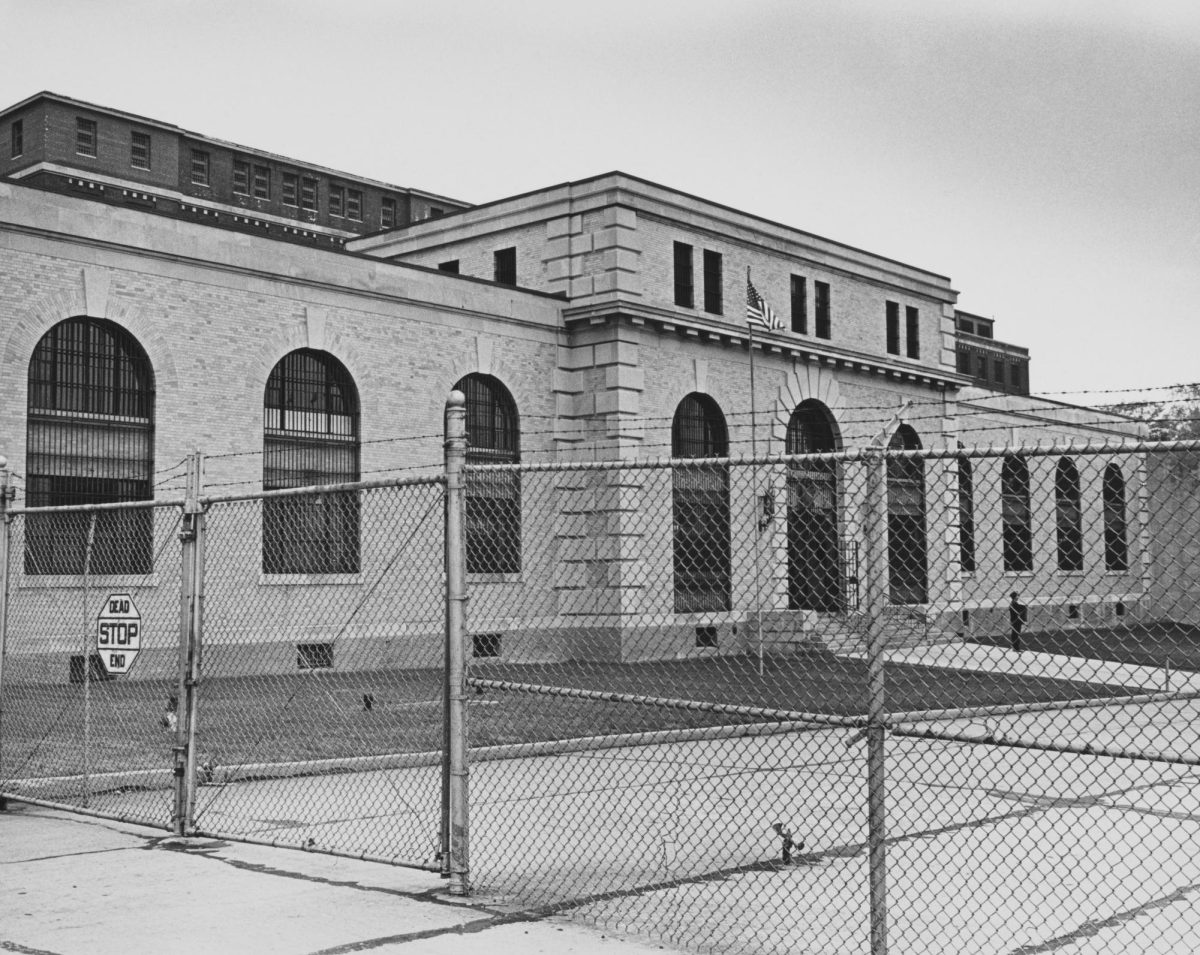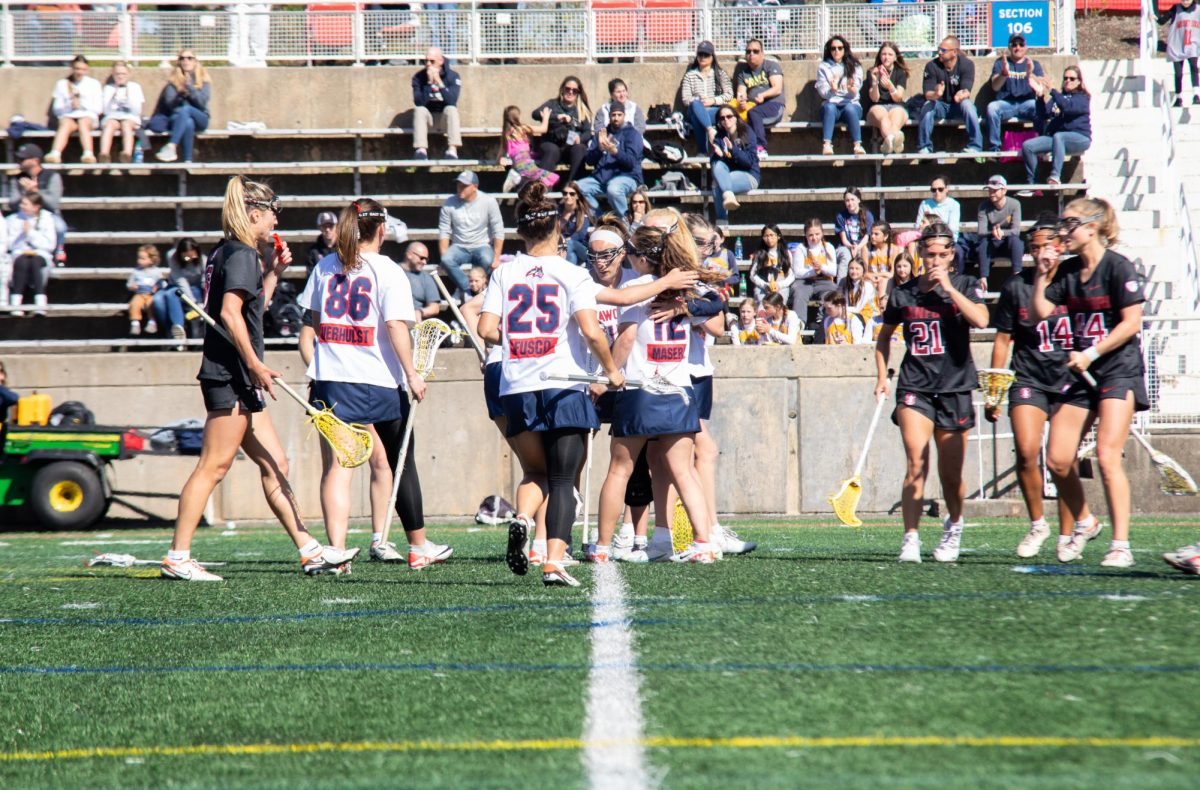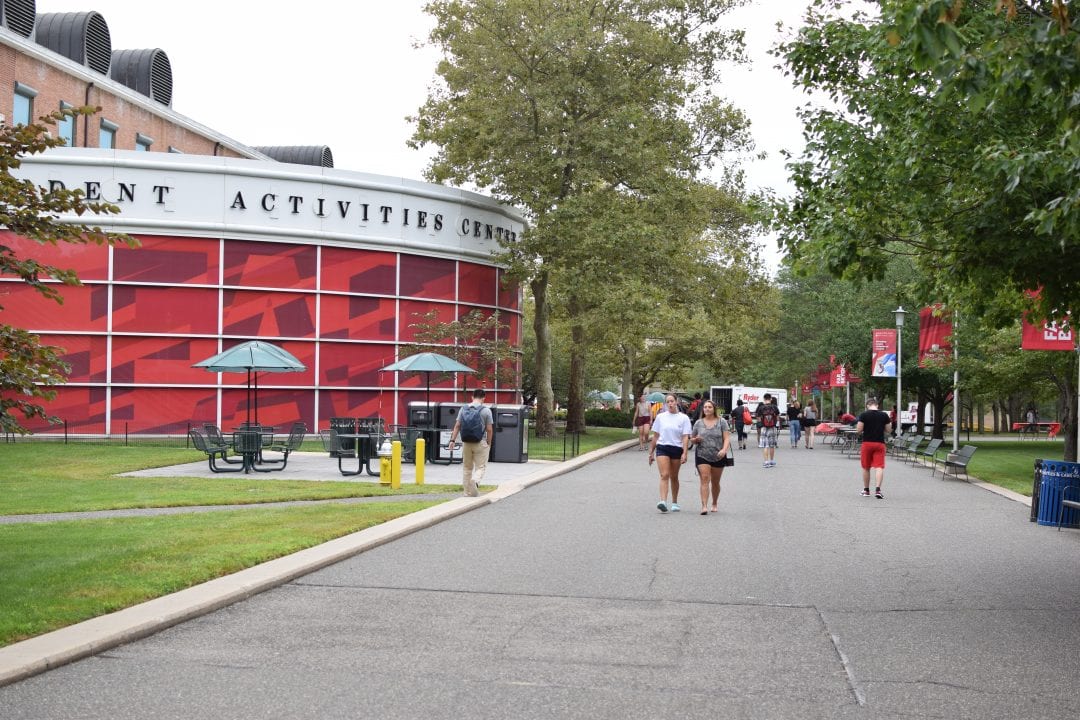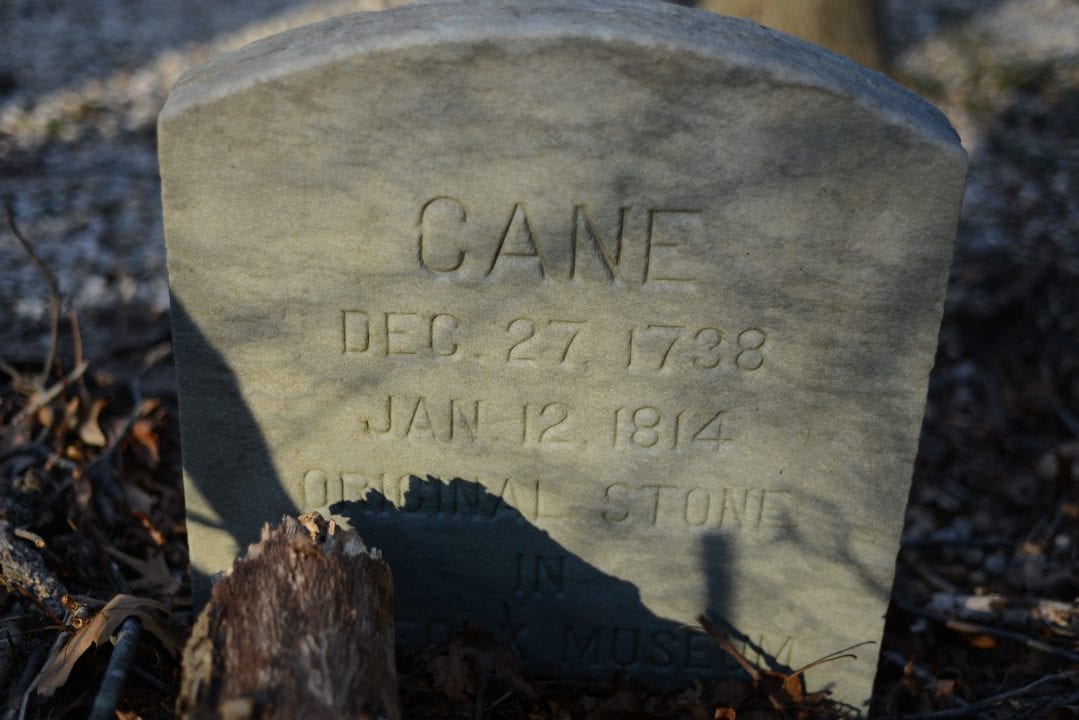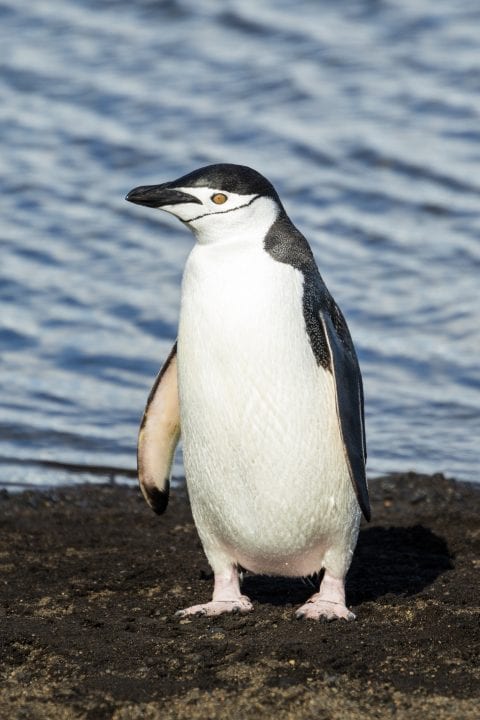
When professor John J. Shea began teaching his course “Primitive Technology” in 1992, students and faculty had never seen anything like it. Today, Stony Brook University remains the only college in the United States to offer a hands-on course in creating and using stone tools.
“The labs focus on things that our species does that no other species does,” Shea said.
He explained that humans and their immediate ancestors are the only known species to ever make cutting tools, fire, stone beads or art, all of which students learn to re-create in this course.
“It’s basic science,” Shea said. “Most people think about STEM as people in lab coats working with chemicals or in the computer lab. But the roots of science are in the stone age.”
While the technology may be primitive, the course is by no means conventional. Classes meet outside on Fridays in the rain or shine, where Shea says stone tool-making begins on the first day. Early in the semester, students learn how to make fire while the weather’s still warm. For the final ritual, the class must show him that they can build fire in the rain or snow.
“It really gets beyond that theoretical approach, and you’re actually learning how to do these ancestral skills,” senior anthropology major Zachary McKeeby said. “Theoretically, you can learn about what they look like in the archaeological record, but unless you physically do them, you don’t really know.”
On snowy days, students learn how to recognize and read animal tracks, a skill that was essential for our ancestor’s survival. On another day, Shea leads students through an edible campus tour where he teaches them how to spot clues in the leaves and the bark of trees to determine if the fruit growing on it is poisonous or edible.
“There are apple trees down by the train station and apple trees here near SBS building that are just delicious,” Shea said. “They are often next to trees that just have poisonous apples, and if you eat them, you’ll get very sick, so you need to know how to recognize them.”
With a campus nuzzled in the woods surrounded by a diverse ecosystem, Stony Brook University is the ideal location for this type of course. Plants for making string, wood for making bows and arrows, dogbane for making rope and many other natural materials for primitive technology-making can all be found here on campus.
“Making fire, making stone tools, knowing what kinds of plants to eat, learning how to track animals—those are skills that take a lifetime of practice,” Shea said. “Unlike a lot of the way science is taught in lecture classes where they’re just told what science is, my students in primitive technology actually experience it.”
And a lifetime of practice is what Shea’s had. Shea attributes his natural inclination for primitive tool making to his boy scouts years and the time he spent outside playing in the woods of rural Massachusetts, where he grew up.
“My parents would say ‘Just go out and play,’ ” he said. “And we’d just play Indian, literally making little bows and shooting at each other and making stone tools.”
But when Shea began pursuing his interest in archaeology, he discovered that very few archaeologists who studied stone tools actually knew how to make and use them.
As a Harvard graduate student, he expressed his talents by selling Native American arrowhead replicas in the gift shop and teaching other students how to make certain stone tools after the class for which he was a teacher’s assistant. The students ultimately convinced the chair of the anthropology department at Harvard to hire Shea to formally teach a course on stone tool-making.
Aside from the 250 AP high school students at the Howard Hughes Medical Institute Holiday Lecture Series in 2011 to whom he taught a modified version of his course, Shea has taught “Primitive Technology” exclusively at Stony Brook University for 23 years.
“This isn’t the kind of thing people typically learn in college,” Shea said. “This is science you experience, and it’s science that makes a difference. The class is superficially about primitive technology, but it’s actually about being human.”
Clarification: Dec. 2, 2015
A previous version of this story reported that for the final exam of the “Primitive Technology” course, the class must show the professor that they can build fire in the rain or snow. The story has been corrected to reflect that the fire-building exercise is the final ritual for the class, which has a final exam separate from this ritual.

